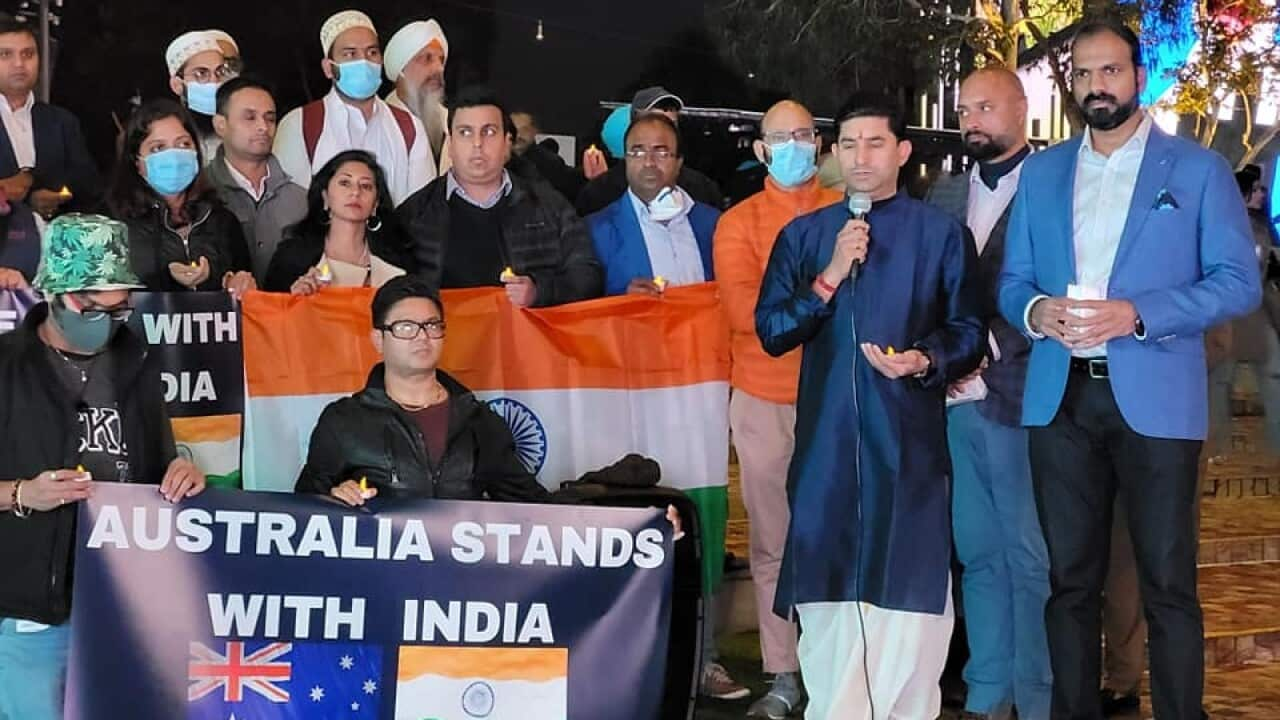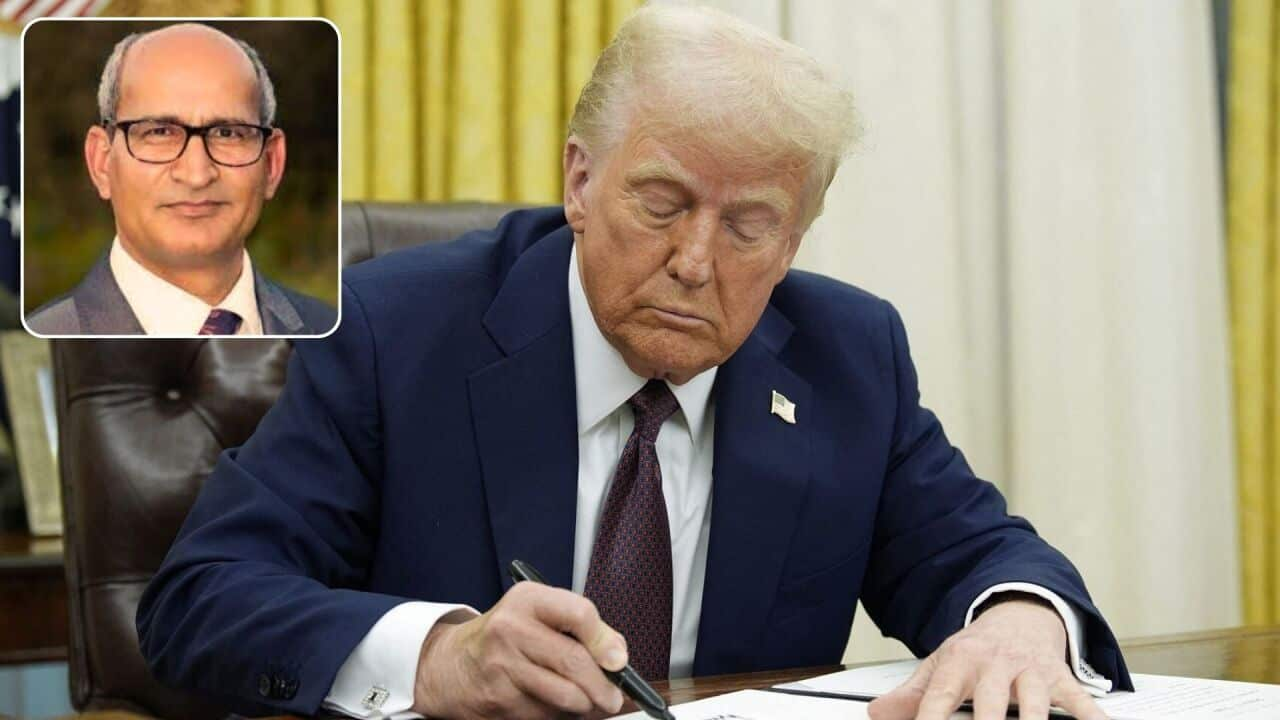Highlights
- Penalties for road rage under the (federal) Crime Act 1990 range in severity, the maximum is a fine of up to $100,000 and five years imprisonment.
- The NRMA says nearly one-in-10 cars in Australia now have dash cameras.
- Experts say drivers should call the police if they feel threatened during road rage incidents.
A study by the National Roads and Motorists' Association (NRMA) has found that seven out of ten motorists in New South Wales and the ACT experienced road rage in 2020, but experts say road users can avoid such incidents by following a few safety tips.
Peter Khoury, a spokesperson at the NRMA said children were present during most road rage incidents.
"About one-in-four incidents occurred in front of a child. It's a serious issue and can be dangerous. There are tough penalties in place for people who do it," he told SBS Hindi.
Respondents in the NRMA study considered the following behaviours to be road rage:
- Physically assaulting another driver (85 per cent)
- Getting out of the vehicle to confront another driver (85 per cent)
- Tailgating in anger (81 per cent)
- Yelling or shouting abuse (78 per cent)
According to the NRMA, the penalities for road rage under the (federal) Crime Act 1990 range in severity, with the maximum being a fine of up to $100,000 and five years imprisonment.
The study found that three out of every 100 road rage incidents were reported to the police.
However, Mr Khoury said people were getting caught more often.
"The reason is that one-in-10 cars in Australia now have dashcams, and every pedestrian has a smartphone," he said.
"Effectively, every smartphone and dashcams are an extension of the law and extension of the TV camera crew. That is why we are seeing more people getting caught on camera." He said drivers should call the police if they feel threatened while behind the wheel.
He said drivers should call the police if they feel threatened while behind the wheel.

NRMA said road rage includes verbal abuse, aggressive driving and abusive gestures. Source: Getty Images/RapidEye
"If you find yourself or people in the car in a situation where their life is being put in danger because someone is aggressive towards them, it's really important that you call the police, don't get out of the vehicle and don't confront the driver," Mr Khoury said.
"Call the police if someone is following you and drive to the safe location, and that might be the nearest police station."
Road safety expert Ronak Shah said drivers should allow for more time when driving to their destination.
"Road rage chances increase when people try to rush from one place to another. Always drive nice and calm and maintain a three-second gap with other drivers to avoid road rage," Mr Shah said.
"Always appreciate other drivers who have given you the pass or allowed you to enter the lane. It can be done by lifting the left hand in a high-five gesture. It creates a thank-you wave."
The NRMA says the most important displays of courtesy drivers want to see on the road are:
- Using indicator when merging or changing lanes (97 per cent)
- Not using your phone illegally (95 per cent)
- Keeping a three-second gap from the car in front (91 per cent)
- Using your indicator when parking (86 per cent)
- Keeping intersections clear to allow vehicles to cross or turn (83 per cent)
Listen to the podcast in Hindi by clicking on the audio icon in the picture at the top.









